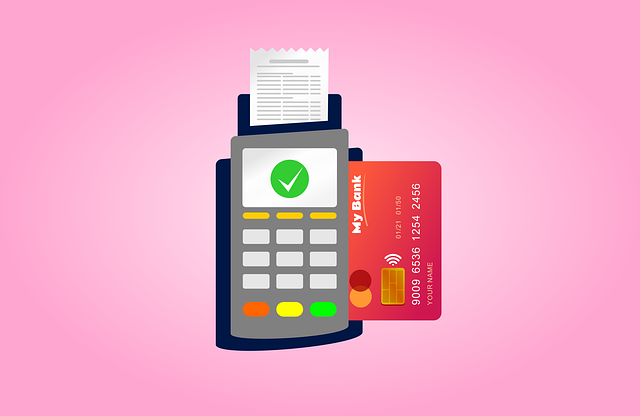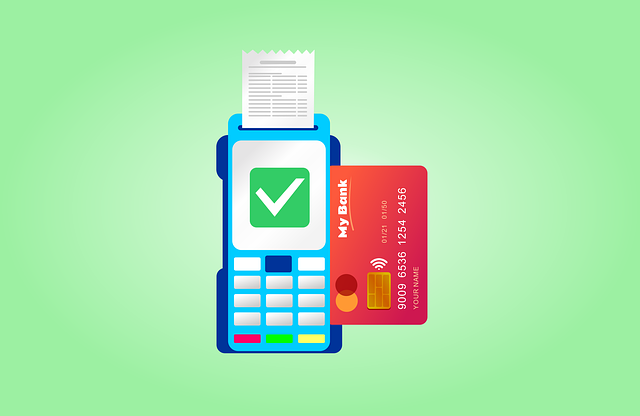Invoice financing offers businesses a flexible alternative funding solution by utilizing outstanding invoices as collateral. It provides working capital with lower interest rates compared to traditional loans, removing personal guarantees in many cases. Benefits include improved cash flow management and immediate access to funds. However, drawbacks such as discounts on future invoices and the need for accurate accounting practices must be considered. Before applying, businesses should carefully weigh pros and cons, explore various providers with different terms, and choose a fit based on their specific needs and financial health. A strategic approach to the application process simplifies navigation and highlights invoice financing's tailored benefits over traditional loans.
Looking to unlock cash flow with your outstanding invoices? This comprehensive guide explores the world of invoice financing, a powerful alternative to traditional loans. Discover the benefits of invoice financing compared to bank loans, including faster access to funds and improved cash management. Learn the mechanics behind how it works and weigh the pros and cons before delving into a step-by-step application process. Find out how to partner with invoice financing providers and harness this strategy for your business’s success.
- Understanding Invoice Financing: A Comprehensive Overview
- Benefits of Invoice Financing Compared to Traditional Loans
- The Mechanics Behind Invoice Financing: How Does it Work?
- Weighing the Pros and Cons of Utilizing Invoice Financing
- Step-by-Step Guide: Applying for Invoice Financing Successfully
Understanding Invoice Financing: A Comprehensive Overview

Invoice financing is a type of funding option designed to support businesses by enabling them to access cash flow more efficiently. It’s an alternative to traditional loans, focusing on the billing cycle and outstanding invoices as collateral. This method provides working capital, allowing businesses to cover immediate expenses or seize growth opportunities. The process involves a financier purchasing invoices from a company at a discount, effectively advancing funds based on the value of those invoices.
Understanding how invoice financing works is crucial when considering this option. Compared to loans, it offers several benefits, such as lower interest rates and no personal guarantee required in many cases. However, there are also drawbacks, including potential discounts on future invoices and the need for accurate accounting practices. When applying for invoice financing, businesses should weigh the pros and cons carefully. They can explore various providers in the market, each with different terms and criteria, to find the best fit based on their specific needs and financial health.
Benefits of Invoice Financing Compared to Traditional Loans

Invoice financing offers a unique and advantageous approach to business cash flow management, setting it apart from traditional loans in several key ways. One of the primary benefits is its flexibility. Unlike conventional loans that often require collateral and have strict repayment terms, invoice financing allows businesses to access funds by simply selling their outstanding invoices. This means entrepreneurs can secure capital based on their future revenue, providing a more adaptable solution for working capital needs.
Another advantage is speed and convenience. The process of applying for invoice financing is typically streamlined compared to traditional loan applications. Businesses can submit their invoices to providers, who then assess the potential cash flow and offer funding quickly. This rapid turnaround time ensures that businesses can access much-needed capital promptly, enabling them to seize opportunities or navigate unexpected expenses without delays. How invoice financing works involves a straightforward process where providers buy a portion of the business’s outstanding invoices, providing immediate funds while leaving room for future revenue growth.
The Mechanics Behind Invoice Financing: How Does it Work?

Invoice financing is a financial solution that allows businesses to access cash flow by selling their outstanding invoices to a third-party provider, often called an invoice financing company or factor. Unlike traditional loans, which are secured against assets and have rigid repayment structures, invoice financing offers more flexibility. It’s not just about receiving a lump sum; it provides working capital that aligns with your business’s cash cycle.
The process typically involves applying to an invoice financing provider who will review your invoices, assess their creditworthiness, and offer a financing line based on the value of these invoices. Once approved, you can sell eligible invoices at a discount or receive advances against them. This method offers several benefits, including improved cash flow management, access to immediate funds, and potential cost savings compared to traditional loans. However, it’s crucial to understand the pros and cons, such as interest rates, fees, and potential impact on customer relationships, before deciding if invoice financing is the right choice for your business needs.
Weighing the Pros and Cons of Utilizing Invoice Financing

Before diving into the application process, it’s crucial to weigh the pros and cons of utilizing invoice financing. This funding method offers several benefits tailored to businesses dealing with delayed customer payments. Invoice financing can provide quick cash flow, allowing entrepreneurs to manage operational costs and take advantage of unexpected opportunities. It’s particularly advantageous for small and medium-sized enterprises (SMEs) that may lack access to traditional bank loans due to limited collateral or credit history.
However, like any financing option, invoice financing also has its drawbacks. The process can be complex and involves working with financial providers who charge fees and interest rates. Unlike loans, which typically have fixed repayment terms, invoice financing involves ongoing monitoring of outstanding invoices and collection efforts. Moreover, the availability of suitable invoice financing providers might vary based on industry and market conditions. Therefore, careful consideration is essential, especially when exploring how invoice financing works in comparison to traditional loans.
Step-by-Step Guide: Applying for Invoice Financing Successfully

Applying for invoice financing can seem daunting, but with a clear strategy, it becomes a manageable process. Here’s a step-by-step guide to help you navigate the application successfully. First, understand the benefits of invoice financing over traditional loans. It offers flexibility in terms of repayment and is designed specifically to fund your outstanding invoices, providing quick cash flow without burdening your business with long-term debt.
When ready to apply, thoroughly research invoice financing providers to find one that suits your needs. Compare their interest rates, fees, and terms. Next, prepare your financial documents, including bank statements, accounts receivable records, and business financial statements. These will demonstrate your business’s creditworthiness and cash flow potential to the provider. Fill out the application form accurately and honestly, providing all necessary details about your invoices and expected collections. Finally, be prepared for a review process where the provider assesses your application, verifies your information, and decides on approval and funding terms. Remember, a strong application highlights the pros of invoice financing—its speed, convenience, and lack of collateral requirements—while acknowledging potential cons like variable rates and fees.






